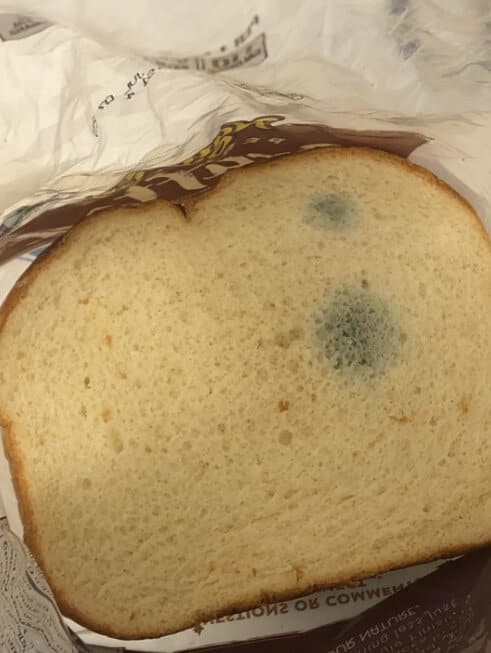Finding a dry, hardened slice of bread in the pantry is a common scenario in households everywhere. While the instinct might be to throw it away, many frugal cooks—and often wise in-laws—would argue it’s wasteful to discard stale bread. So what’s the real deal? Is stale bread still safe to eat, or should it always go in the trash? With food waste and sustainability gaining attention, understanding how to handle stale bread can make a meaningful difference in your kitchen and wallet. This article explains the science behind stale bread, safety concerns, and creative ways to reuse it while cutting down on waste and saving money.
1. What Exactly Is Stale Bread?
When bread becomes stale, it’s not rotting—it’s undergoing a process called retrogradation. As the starch molecules in bread recrystallize, they push out moisture, making the loaf hard and dry. This transformation often occurs within days of baking if the bread isn’t stored correctly. While it may lose its soft texture, stale bread isn’t necessarily spoiled and doesn’t pose health risks unless mold is present.
2. Can You Eat Stale Bread Without Getting Sick?
As long as there’s no visible mold, stale bread is safe to eat. Mold appears as green, black, or white fuzzy spots and should be avoided due to potential mycotoxin production. If the bread is simply dry and tough, it’s perfectly fine for consumption—just less enjoyable in its current state. To improve taste and texture, consider toasting it or using it in cooked recipes that soften the bread, such as French toast or savory stuffing.
3. Why Reducing Bread Waste Matters
Bread is one of the most wasted food items worldwide. With more than a billion tons of food wasted annually, tossing stale bread adds to landfill issues, squanders production resources, and contributes to greenhouse gas emissions. Reusing bread is not only a smart way to save money but also a step toward sustainable living and eco-friendly kitchen practices.
4. Easy Methods to Revive Stale Bread
Bringing dry bread back to life is simpler than most people think. Spritz the crust lightly with water and bake it at 350°F (175°C) for about 10 minutes to restore some moisture and softness. You can also incorporate stale slices into moisture-rich recipes like bread pudding, croutons, or breakfast casseroles, where texture isn’t a concern and flavor can shine.
5. Social Media Hacks for Using Up Stale Bread
Homemade breadcrumbs are a viral hack that puts stale bread to excellent use. Simply pulse the dry bread in a food processor and store in an airtight container. You can also season and cube stale bread to make delicious croutons for soups and salads. These hacks not only reduce waste but offer practical pantry staples for everyday meals.
6. Does Stale Bread Lose Nutritional Value?
The nutritional content of stale bread remains largely intact. Carbohydrates, dietary fiber, and essential minerals do not degrade just because the bread has dried out. However, if the bread was enriched with certain added nutrients, some of those may break down over time. Taste and enjoyment might decline, but the bread still holds most of its nutritional integrity.
7. How to Store Bread Properly to Prevent Drying Out
To keep bread from going stale quickly, store it in a paper bag or bread box at room temperature. Avoid refrigerating it, as this speeds up the staling process by encouraging faster starch crystallization. For longer storage, freeze leftover bread. Wrap it tightly in plastic wrap or aluminum foil, then seal it in a freezer-safe bag. Thaw at room temperature or toast directly from frozen for best results.
8. Signs Your Bread Should Be Tossed
While stale bread is often salvageable, mold is a clear warning sign it’s time to throw it away. Fuzzy spots, sour odors, or off-putting flavors signal spoilage and should not be ignored. Even if only one part of the loaf shows mold, spores can spread invisibly—so discard the entire loaf when mold is detected. If the bread is rock-hard and unappetizing despite efforts to revive it, it’s also best to let it go.
9. Cultural Traditions That Celebrate Leftover Bread
Across cultures, stale bread has long held value. In Italy, dishes like panzanella turn dry bread into a flavorful tomato salad. In France, pain perdu—better known as French toast—is a delicious way to reuse day-old bread. These traditions showcase how different cuisines have learned to embrace leftovers creatively, minimizing waste while preserving flavor.
10. Chefs Weigh In: Don’t Waste Good Bread
Top chefs worldwide often see stale bread not as a problem but as an ingredient with potential. Michelin-starred chef Massimo Bottura has championed recipes that utilize leftover bread, encouraging households to minimize kitchen waste. From savory soups to gourmet breadcrumbs, professional chefs know how to turn aging bread into culinary gold.
11. Making the Right Choice: Toss It or Transform It?
Before throwing stale bread away, consider its condition. If it’s mold-free and safe, look for ways to repurpose it into something tasty and practical. Weigh safety, texture, and taste, along with the benefits of reducing food waste and saving on groceries. Ultimately, using stale bread is a smart, sustainable kitchen habit that supports both your health and your budget.
Final Thoughts
Stale bread doesn’t always mean spoiled food. With the right approach, you can transform dry slices into fresh meals, reduce household waste, and support sustainable eating habits. Whether you revive, repurpose, or recycle your bread, each action contributes to smarter living and better resource management. Next time you reach for a slightly hardened loaf, think twice before tossing—it might just be the ingredient your next recipe needs.
